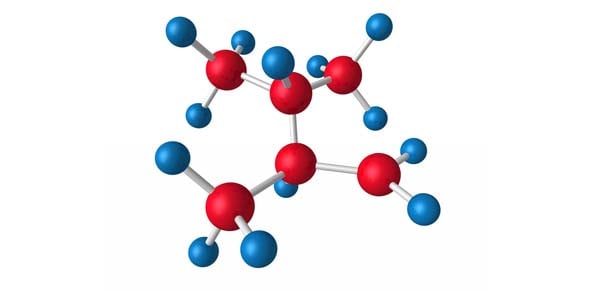________ is a nonrenewable resource.
By the year 2015, the world's population will probably have just...
________ is the main fuel used in nuclear fission reactors to produce...
________ is used in pencils and as a solid lubricant.
The United States, with about 6 % of the world's population, uses...
Of the following fossil fuels, ________ is most likely to have the...
________ has the largest, current production and reserves of crude...
________ are used as abrasives.
________ supplies the largest percentage of energy consumed annually...
________ accounts for the majority of the coal burned annually in the...
________ is too soft to be used as an abrasive for steel, glasses, and...
________ is an essential component of plasters and plasterboard.
Bauxite is an ore of ________.
Ore deposits of ________ form by prolonged, intense, tropical...
The Geysers and Larderello are ________ facilities in California and...
________ are both calcium-bearing minerals.
________ are important fertilizer minerals with their correct...
Which one of the following statements is most likely correct?
Comparatively speaking, the United States uses energy fuels and...
Sandstone is a much more common reservoir rock for petroleum than...
Chemical decomposition of ________ produces acidic soil waters that...
Which one of the following is a false statement concerning the Bingham...
Cap rock and reservoir strata refer to accumulations of ________.
Detrital grains of ________ are not likely to be concentrated in...
________ coal is typically found only in association with tightly...
The first, large-scale, commercial, geothermal, electrical...
Coal and petroleum are considered to be fossil fuels because ________.
________, a rock-forming silicate mineral used as an insulator in...
The world's largest plant for generating electricity from tides is...
The world's largest, commercially developed tar sand deposit is...
________ is the mineral source of phosphorous in phosphate...
The ________ formation, rich in oil shale strata, was deposited in...
Copper and copper-zinc sulfide deposits formed around ancient,...
Which one of the following best describes how talc deposits might...
Graphite deposits typically form geologically ________.
Vein- or fissure-filling deposits of lead and zinc minerals would be...
















